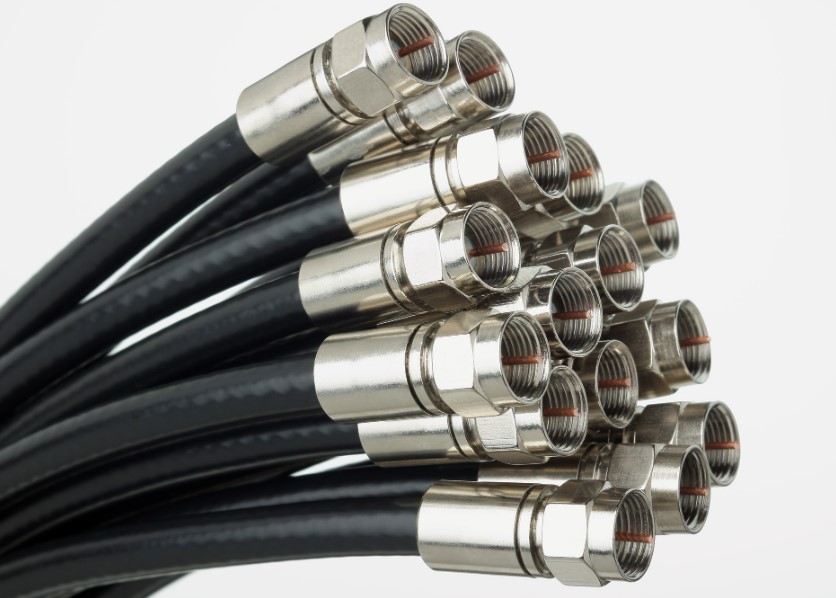The Ultimate Guide to Coaxial Cable - Types, Uses, and Installation
Though often overlooked, coaxial cables are essential for transmitting TV and internet signals. In this ultimate guide, learn about the different types of coaxial cable, their uses, and how to install them properly.
Table of Contents:
I. Introduction
- What is Coaxial Cable?
- Why Use Coaxial Cable?
- How Does Coaxial Cable Work?
II. Types of Coaxial Cable
- RG-6 Cable
- RG-11 Cable
- Tri-Shield Cable
- Quad-Shield Cable
III. Uses of Coaxial Cable
- Cable TV
- Internet
- Security Systems
- Satellite TV
IV. Installation of Coaxial Cable
- Tools Needed
- How to Install Coaxial Cable
- Testing Your Coaxial Cable
- Troubleshooting Issues
V. Conclusion
- Improve Your Connections with Coaxial Cabl

I. Introduction
Coaxial cables are often the unsung heroes of the TV and internet world, with the audience not knowing or recognizing the important role that they play in the transfer of signals. In this ultimate guide, we’ll cover everything you need to know about coaxial cable, from the basics to more advanced topics such as types of cable and how to install it.
II. Types of Coaxial Cable:
Not all coaxial cable is the same. Here are the most common types of coaxial cable:
-
RG-6 Cable:
This is the most common type of coaxial cable used for cable TV and high-speed internet connections. It can handle higher frequencies and extends the range of a signal from the source to the output device. -
RG-11 Cable:
This type of coaxial cable is similar to RG-6 but has a lower attenuation rate. Being the most suitable for long-distance extensions, it tends to be used in commercial settings for transmitting data over longer distances. -
Tri-Shield Cable:
This cable provides an extra layer of insulation for the conductor and is more durable and efficient than other coaxial cables. -
Quad-Shield Cable:
As the name suggests, this cable has four layers of insulation for maximum efficiency and durability. It is the most expensive and high-performing of all the coaxial cables.
III. Uses of Coaxial Cable:
Coaxial cable technology is used in many areas of telecommunication, including:
-
Cable TV:
Coaxial cable is used to transfer the television signal from the cable provider to the TV set, enabling viewers to receive multiple channels. -
Internet:
Coaxial cable often transfers high-speed internet data from internet service providers to a modem. -
Satellite TV:
Coaxial cable technology is used in satellite TV systems to transmit data to the satellite dish. -
Security Systems:
Coaxial cable can be used to transfer signals from closed-circuit TV cameras to a monitoring station.
IV. Installation of Coaxial Cable:
Here’s what you need to know for successful coaxial cable installation:
-
Tools Needed:
Coaxial cable stripper, Coaxial cable crimping tool, F-connector, Coaxial cable tester. -
How to Install Coaxial Cable:
First, strip the wire and connect the F-connector. Connect the other end to the output device. Next, install any necessary splitters or switches, and connect additional cables. -
Testing Your Coaxial Cable:
Once the cable is installed, test the signal strength with a coaxial cable tester. -
Troubleshooting Issues:
If the signal strength is not adequate, check connections, cable quality, and any potential interference sources to solve the problem.
V. Conclusion:
A high-quality coaxial cable is essential for transmitting a clear and uninterrupted signal for TV and internet. By understanding the advantages of different coaxial cables and proper installation techniques, you can ensure optimal performance from your coaxial cable.

 Mobile Signal Booster
Mobile Signal Booster